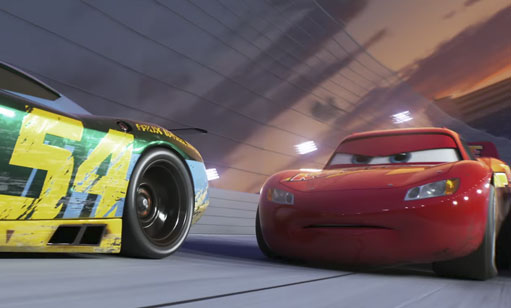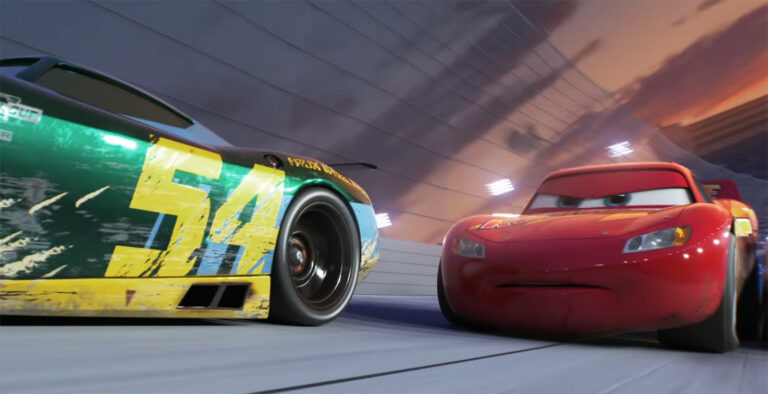Film Review: Cars 3
Sentimental And Scenic, Trilogy-Ending Sports Flick Cruises To The Finish Line


Latest Article|September 3, 2020|Free
::Making Grown Men Cry Since 1992

